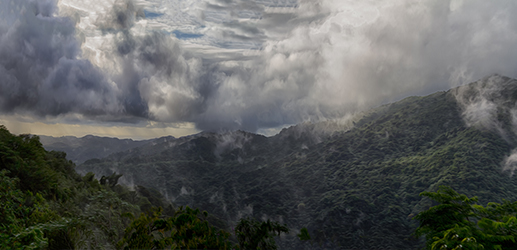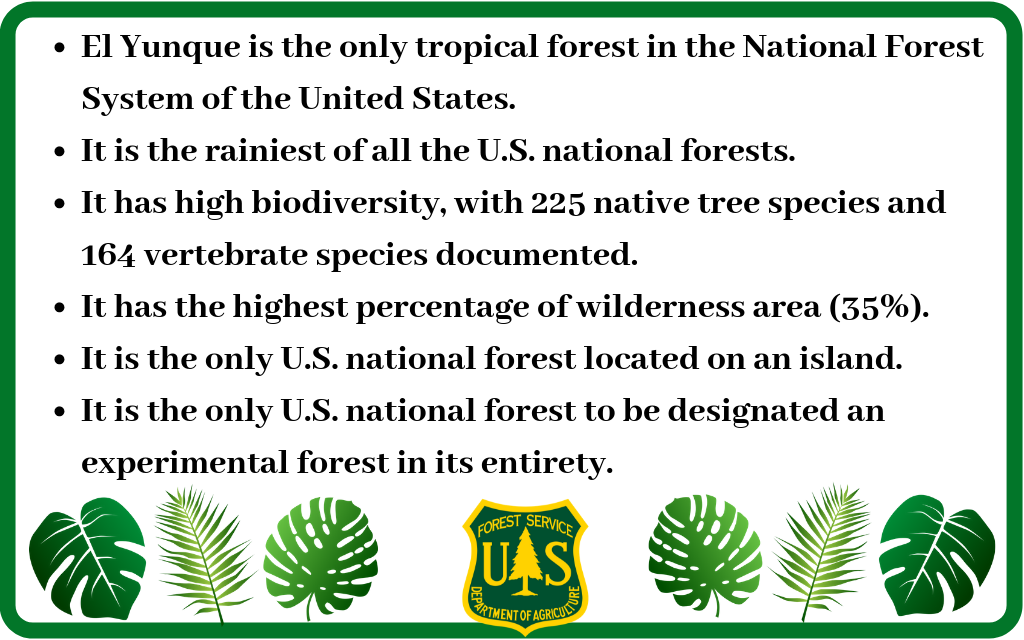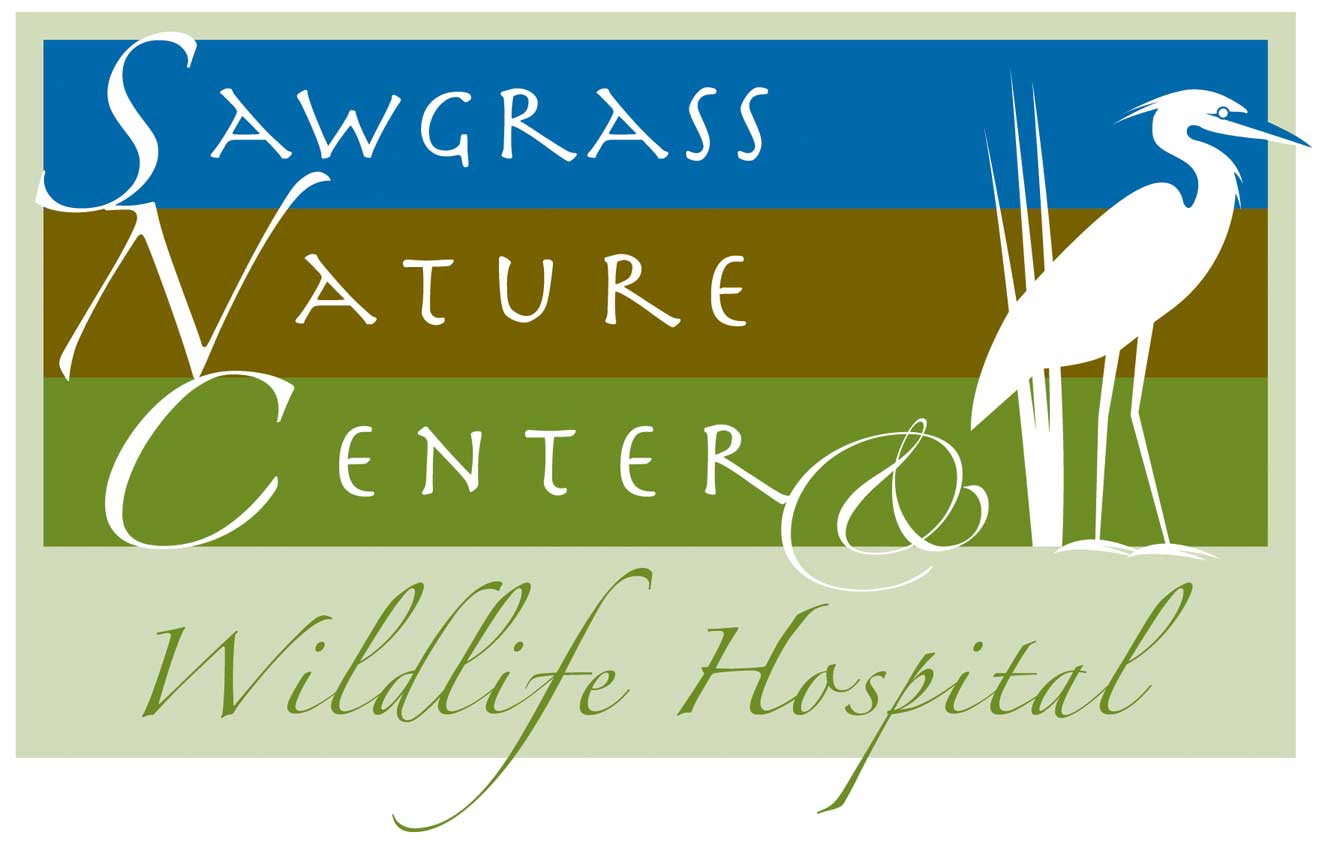The Everglades Snail Kite is a hallmark of Florida wildlife. Found in central and south Florida, this magnificent bird of prey thrives in swampy, wetland habitats (Audubon Society, 2020). Unfortunately, due to a myriad of reasons, the population of this seasoned hunted has dropped at an alarming rate.
The Everglades, a vital habitat to the Snail Kite, has been significantly reduced in size due to expanding infrastructure and construction of surrounding human populations (National Park Service, 2019). Fortuitously, organizations such as the Everglades Foundation have worked tirelessly throughout the years to restore and conserve the Everglades which is home to many of Florida’s unique species. (TheEverglades Foundation, 2020).
But habitat loss is not the only struggle the Everglades Snail Kite faces. Their curved beaks are adapted specifically to feed on its namesake: Florida Apple Snails, or Pomacea paludosa. While there are several species of Apple Snails currently located in Florida, Pomacea paludosa is the native species of apple snail to Florida. There is some debate over whether local populations of the Florida Apple Snail may be a separate species from Pomacea paludosa (Schad, 2018), but we will only be referring to Pomaceapaludosa for the purpose of this article.
One might think that the addition of new types of apple snails to Florida would mean the expansion of food for the Everglades Snail Kite, but that does not seem to be the case. Their beaks are so specifically adapted to the smaller, curved shells of the Pomacea paludosa, that the Everglades Snail Kite cannot use its beak successfully to feed on larger species of Apple Snails that are invading Florida wetlands. This poses another problem where the larger species of invasive apple snails are outcompeting and displacing the smaller Pomacea paludosa. The Everglades Snail Kite is facing food loss in addition to habitat loss.
But all is not lost. Harbor Branch Oceanographic Institute, located in Fort Pierce, Florida has successfully completed research on the practice of captive breeding the Florida Apple Snail with a long-term goal of finding ways to replenish wild populations of Pomacea paludosa (Garr, Amber, Helen Posch, Margaret McQuillan, Megan Davis, 2012). These practices, if safely regulated and approved, could be used to help replenish the population of the Everglades Snail Kite by providing it with more food. Regulations and controls are needed to ensure that captive populations would not introduce new bacteria, or diseases to wild populations.
The Everglades Snail Kite is not the only endangered species in Florida, but it is a wonderful example of how—when united—people have the chance to improve many environmental problems.
Audubon Society, 2020. The Everglades Snail Kite. Audubon Florida.
[https://fl.audubon.org/birds/everglade-snail-kite]
Schad, Morgan. 2018. The Discovery of a Forgotten Species in an Unexpected Location: Pomaceamiamiensis in Palm Beach County. Harriet L. Wilkes Honors College.
The Everglades Foundation, 2020. About. [https://www.evergladesfoundation.org/about]
Garr, Amber. Helen Posch. Margaret McQuillan. Megan Davis. 2012. Development of a captive breeding program for the Florida apple snail, Pomacea paludosa: Relaxation and sex ratio recommendations.
Aquaculture. Volume 370-371, Pages 166-171.
[https://www.sciencedirect.com/science/article/abs/pii/S0044848612006163?via%3Dihub]
National Park Service. 2019. Restoration of Everglades National Park. U.S. Department of the Interior.
South Florida Natural Resources Center. Everglades National Park.
[https://www.nps.gov/ever/learn/nature/upload/RestorationFactSheet%20Lo%20Secure.pdf]














